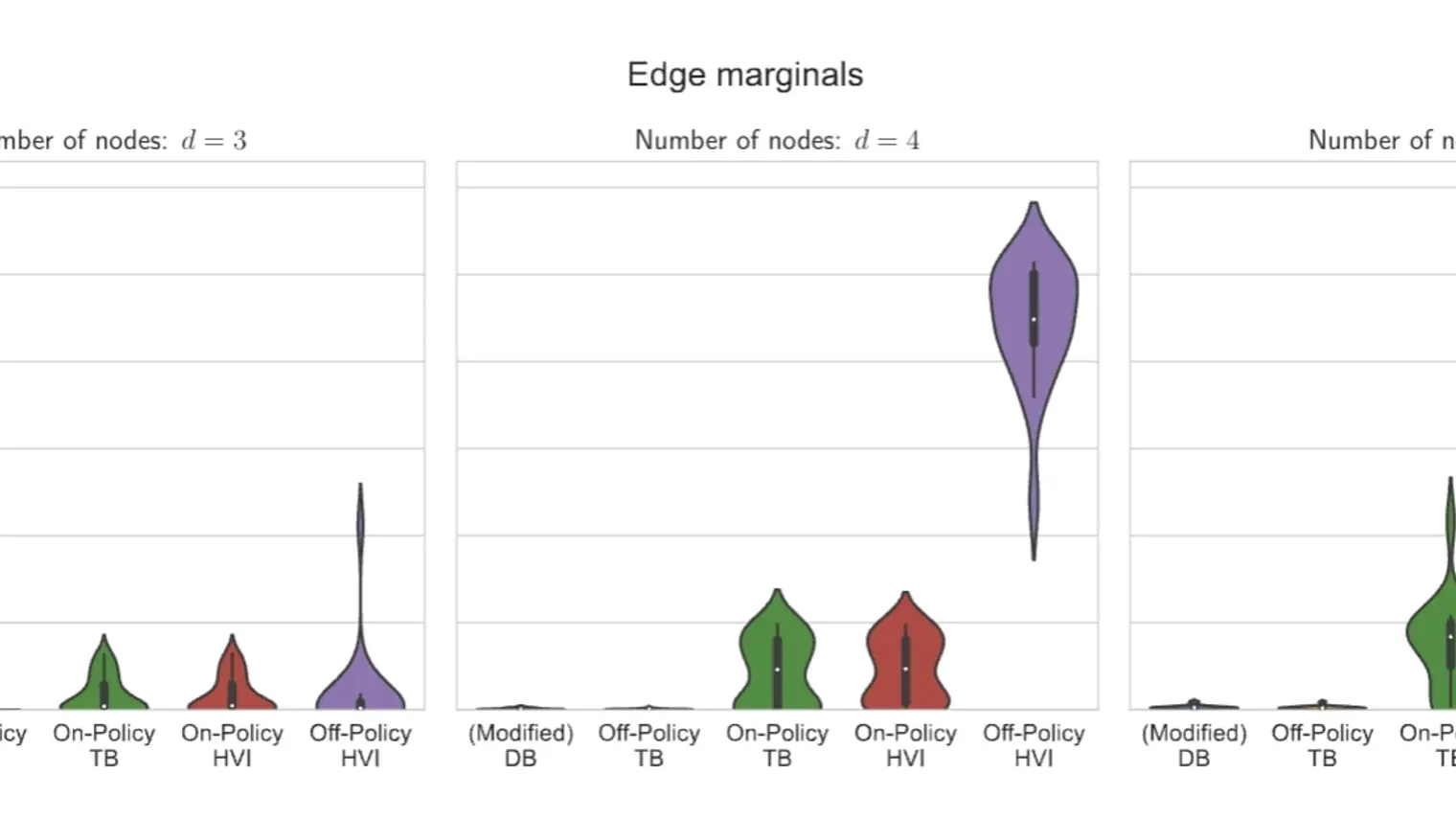Common self-improvement approaches for large language models (LLMs), such as STaR (Zelikman et al., 2022), iteratively fine-tune LLMs on sel
… (see more)f-generated solutions to improve their problem-solving ability. However, these approaches discard the large amounts of incorrect solutions generated during this process, potentially neglecting valuable information in such solutions. To address this shortcoming, we propose V-STaR that utilizes both the correct and incorrect solutions generated during the self-improvement process to train a verifier using DPO that judges correctness of model-generated solutions. This verifier is used at inference time to select one solution among many candidate solutions. Running V-STaR for multiple iterations results in progressively better reasoners and verifiers, delivering a 4% to 17% test accuracy improvement over existing self-improvement and verification approaches on common code generation and math reasoning benchmarks with LLaMA2 models.



